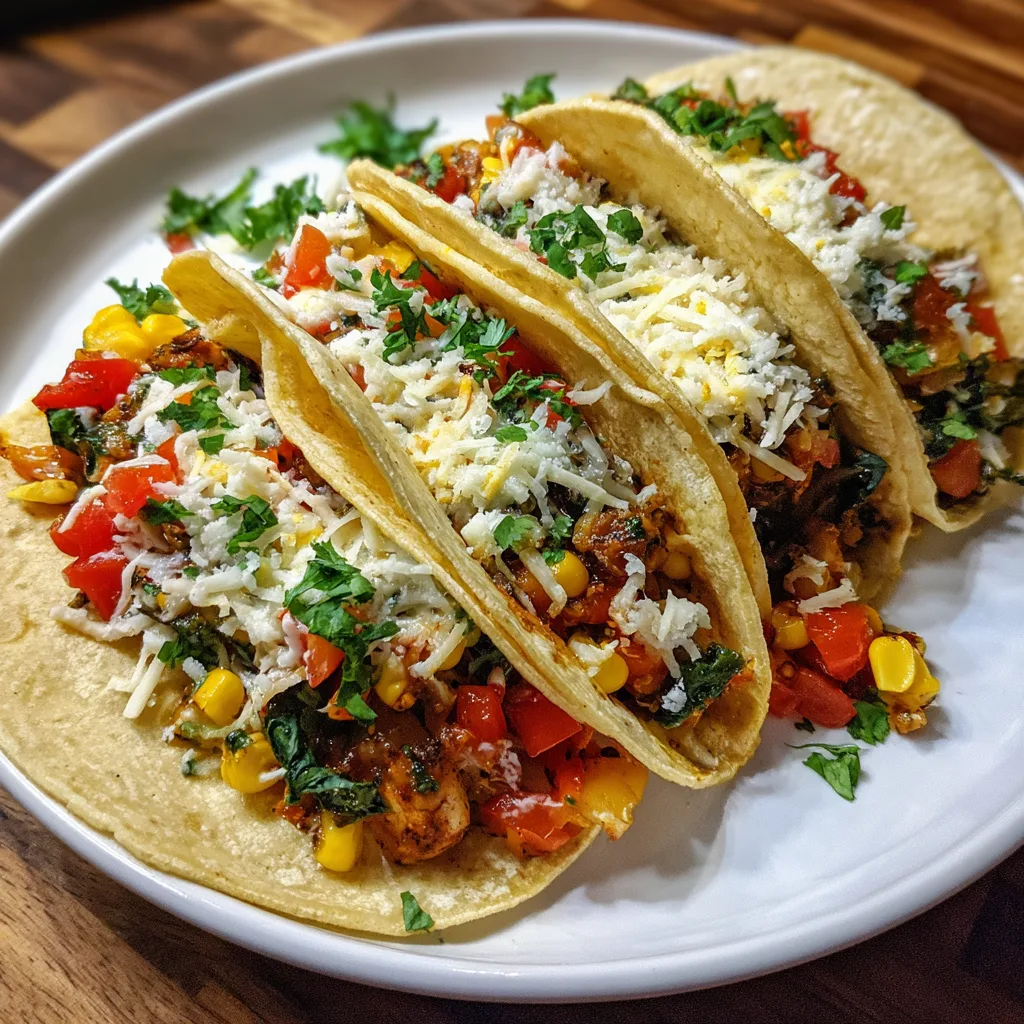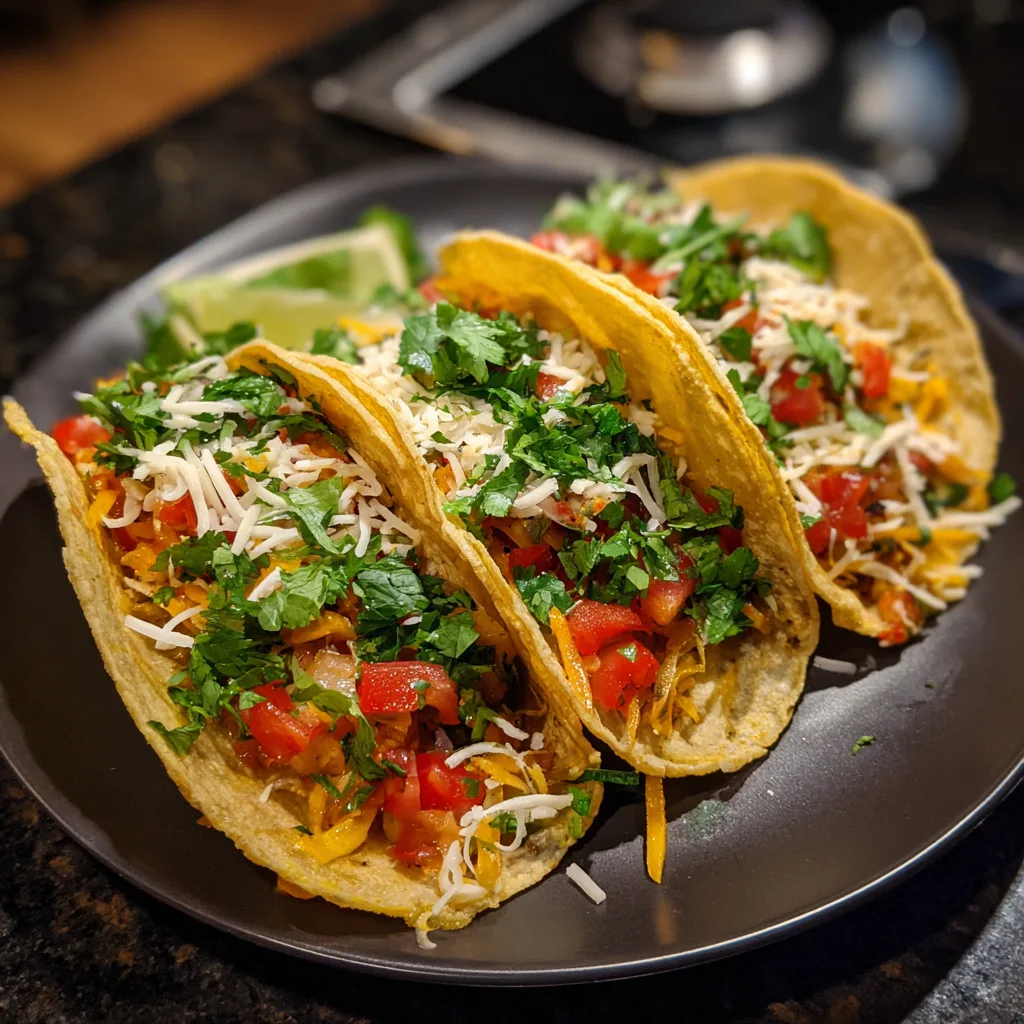Introduction
The Rise of Budget-Friendly Vegetarian Meals
Vegetarian meals are gaining popularity as people seek healthier and more sustainable diets. Plant-based eating offers numerous health benefits, including improved digestion, lower cholesterol, and better weight management. Beyond wellness, vegetarian meals save money, as vegetables, beans, and grains cost significantly less than meat. Families and students can stretch their grocery budgets without sacrificing flavor or nutrition. Seasonal produce, lentils, and beans create hearty dishes that satisfy hunger and taste. Additionally, focusing on plant-based ingredients reduces reliance on expensive processed foods. Many households are discovering that budget-friendly vegetarian meals can be exciting, colorful, and full of diverse textures. These meals also help reduce environmental impact by lowering greenhouse gas emissions and conserving water. Choosing plant-based ingredients combines health, savings, and sustainability in one simple choice.
Why Choose Crockpot Cooking?
Slow cookers make meal preparation effortless while locking in flavors. They allow ingredients to simmer for hours, creating rich, tender textures without constant attention. Busy individuals benefit from the “set it and forget it” approach, freeing time for work, family, or hobbies. Energy efficiency is another advantage, as crockpots use less electricity than traditional ovens or stovetops. Moreover, slow cooking enhances the natural sweetness of vegetables and melds spices evenly throughout the dish. Families can prepare large batches that last for multiple meals, reducing food waste and daily cooking stress. With minimal prep and maximum flavor, crockpot meals suit any lifestyle. Choosing this method ensures that your budget-friendly vegetable tacos remain convenient, flavorful, and consistently satisfying.
Essential Ingredients for Budget-Friendly Crockpot Vegetable Tacos
Affordable Vegetables
Choosing the right vegetables keeps your tacos both flavorful and budget-friendly. Sweet potatoes provide natural sweetness and a satisfying texture. Bell peppers add color and a subtle crunch, while onions enhance aroma and depth. Zucchini absorbs spices beautifully, and corn offers bursts of natural sweetness. Buying seasonal vegetables helps reduce costs and ensures peak freshness. Frozen vegetables are also an excellent option—they are often cheaper, pre-chopped, and just as nutritious. Purchasing in bulk further stretches your budget, allowing you to stock up on staples like onions, peppers, and frozen corn. With these ingredients, your crockpot vegetable tacos will stay vibrant, nutritious, and wallet-friendly.
Protein-Rich Additions
Beans and lentils are affordable, protein-packed options that turn simple vegetables into filling meals. Black beans, kidney beans, and pinto beans all work well in taco fillings. Lentils cook quickly in a crockpot and absorb flavors beautifully. Adding grains like rice or quinoa boosts texture and makes the dish more satisfying. These ingredients also provide essential fiber and nutrients, keeping you full for longer. Combining beans, lentils, and grains creates a balanced taco filling that is both hearty and cost-effective. This approach ensures your meals are protein-rich without the expense of meat or specialty products.
Flavor Enhancers
Spices elevate simple ingredients into bold, memorable dishes. Cumin adds earthy warmth, chili powder delivers subtle heat, and smoked paprika gives a smoky depth. Garlic powder and onion powder enhance savory notes without extra prep. Vegetable broth helps meld flavors and keeps vegetables moist during slow cooking. A squeeze of fresh lime juice at the end brightens the dish and balances richness. These budget-friendly enhancements transform simple ingredients into vibrant, crave-worthy taco fillings that satisfy every bite.
Preparing Your Crockpot for Cooking
Layering Ingredients for Optimal Cooking
Correct layering ensures even cooking and prevents overcooked or mushy vegetables. Dense vegetables, like sweet potatoes, should go at the bottom, closer to the heat source. Softer vegetables, like zucchini and bell peppers, should be layered on top to avoid overcooking. Beans, lentils, and grains can be evenly distributed to absorb flavors. Liquids, such as vegetable broth, should cover the ingredients just enough to allow steam circulation. Proper layering guarantees that each bite of your taco filling is perfectly tender and flavorful.
Setting the Right Cooking Time and Temperature
Cooking times vary depending on vegetable density and protein type. Root vegetables and dried beans generally require 6–8 hours on low or 3–4 hours on high. Softer vegetables and pre-cooked grains need less time to avoid turning mushy. Adjusting the crockpot setting ensures ingredients reach optimal texture without overcooking. Stirring occasionally can help distribute flavors evenly, especially in longer cooking sessions. By managing cooking time and temperature, you achieve consistently delicious taco fillings every time.
Recipe 1: Slow Cooker Lentil and Brown Rice Tacos
Ingredients
-
1 cup dry lentils
-
1 cup brown rice
-
1 can (14.5 oz) diced tomatoes
-
1 cup vegetable broth
-
1 onion, chopped
-
2 cloves garlic, minced
-
1 tsp cumin
-
1 tsp chili powder
-
1 tsp smoked paprika
-
Salt and pepper to taste
Instructions
-
Rinse lentils and brown rice thoroughly.
-
Place lentils, rice, diced tomatoes, vegetable broth, onion, garlic, and spices into the crockpot.
-
Stir gently to combine all ingredients.
-
Cover and cook on low for 6–8 hours.
-
Stir occasionally and taste to adjust seasoning.
Serving Suggestions
Serve the filling in warm tortillas. Add avocado slices, fresh cilantro, or a dollop of salsa for extra flavor. This combination makes a hearty, nutritious taco meal.
Recipe 2: Slow Cooker Black Bean and Sweet Potato Tacos
Ingredients
-
2 cups cooked or canned black beans, drained
-
2 medium sweet potatoes, diced
-
1 onion, chopped
-
2 cloves garlic, minced
-
1 tsp cumin
-
1 tsp chili powder
-
1 tsp smoked paprika
-
1 cup vegetable broth
-
Salt and pepper to taste
Instructions
-
Dice sweet potatoes and chop onions and garlic.
-
Combine sweet potatoes, onion, garlic, black beans, broth, and spices in the crockpot.
-
Stir to mix ingredients evenly.
-
Cook on low for 6–7 hours until sweet potatoes are tender.
-
Adjust seasoning if needed before serving.
Serving Suggestions
Serve the filling in warm tortillas with a squeeze of lime. Add cheese if desired or top with fresh cilantro and avocado for extra richness.
Recipe 3: Vegan Taco Lentils and Rice
Ingredients
-
1 cup dry lentils
-
1 cup rice
-
1 can (14.5 oz) tomato sauce
-
1 can (4 oz) diced green chilies
-
1 onion, chopped
-
2 cloves garlic, minced
-
1 tsp cumin
-
1 tsp chili powder
-
Salt and pepper to taste
Instructions
-
Rinse lentils and rice under cold water.
-
Place lentils, rice, tomato sauce, green chilies, onion, garlic, and spices in the crockpot.
-
Stir to combine all ingredients evenly.
-
Cook on low for 5 hours, stirring halfway through for consistent flavor.
-
Taste and adjust seasoning before serving.
Serving Suggestions
Serve in taco shells or as a burrito bowl. Top with fresh salsa, guacamole, or shredded lettuce for a colorful and satisfying vegan meal.
Budget-Friendly Shopping Tips
Purchasing in Bulk
Buying dried beans, lentils, and rice in bulk saves money and reduces frequent grocery trips. Bulk purchases often cost less per pound and allow you to store essentials for longer periods. Store beans and grains in airtight containers to maintain freshness and prevent pests. Keep them in a cool, dry place to extend shelf life. Rotating stock ensures older items are used first, minimizing waste. Investing in a few staple items in bulk makes creating multiple taco recipes simple and cost-effective.
Seasonal and Local Produce
Choosing seasonal vegetables lowers costs while providing peak freshness and flavor. Local markets often offer produce at better prices than supermarkets. Seasonal options, like sweet potatoes in fall or zucchini in summer, enhance taco fillings naturally. Supporting local farmers not only strengthens the community but also ensures fresher, more nutrient-dense ingredients. Planning meals around seasonal produce keeps your budget under control and adds variety to your taco dishes.
Enhancing Flavors Without Extra Cost
Homemade Spice Blends
Creating a homemade taco seasoning mix is economical and flavorful. Combine chili powder, cumin, garlic powder, onion powder, and smoked paprika. This blend can be stored in a small jar for multiple meals. Using your own spice mix avoids costly pre-packaged alternatives and allows you to adjust heat and flavor to preference. Sprinkling it generously over vegetables and beans transforms simple ingredients into rich, aromatic taco fillings.
Utilizing Leftovers
Leftover taco fillings are perfect for other meals. Transform them into soups, salads, or grain bowls for a quick, satisfying lunch or dinner. Adding a splash of broth or a few extra spices can refresh the flavors. Freezing small portions of leftovers also saves time on busy days. This strategy reduces waste while making the most of your grocery investment.
Meal Prep and Storage Strategies
Preparing Ingredients Ahead of Time
Chopping vegetables and measuring spices in advance streamlines cooking. Store prepped ingredients in airtight containers or resealable bags for easy access. This approach reduces stress during busy days and ensures a faster cooking process. Prepped ingredients also make it easier to experiment with new taco combinations without extra effort.
Freezing Taco Fillings
Cooked taco fillings freeze well for future meals. Portion the mixture into airtight containers, leaving room for expansion. Label each container with the date and contents to track freshness. Most fillings maintain quality for up to three months when frozen. Thaw in the refrigerator overnight or reheat gently on the stovetop or in the microwave. Proper freezing preserves flavor, texture, and nutrients while saving time and money.
FAQs about Budget Crockpot Vegetable Tacos
Can I Use Frozen Vegetables in My Crockpot?
Frozen vegetables are convenient and budget-friendly, maintaining most of their nutrients. They reduce prep time since they are often pre-chopped. However, frozen vegetables release extra water, which may thin your taco filling. To prevent overcooking, layer frozen vegetables on top of denser ingredients like sweet potatoes or beans. Adjust cooking times slightly, as frozen items often require less time than fresh produce. Stirring midway can help maintain texture and ensure even cooking. Using frozen vegetables allows you to enjoy tacos year-round without relying on seasonal availability.
How Can I Make These Recipes Spicy?
Adding heat to your tacos is simple and customizable. Diced jalapeños, serrano peppers, or a pinch of cayenne powder can create a gentle to intense kick. Hot sauce or chili flakes added during cooking or at serving enhances flavor depth. Start with small amounts and taste frequently to achieve the desired spice level. Spicy vegetables and beans create bold, satisfying taco fillings that appeal to heat lovers while remaining flexible for milder palates.
Are These Recipes Suitable for Meal Prep?
Absolutely. Crockpot taco fillings store well for meal prep. Cook the fillings, allow them to cool, and portion into airtight containers. Refrigerate for up to four days or freeze for longer storage. Reheat gently on the stovetop or microwave to maintain flavor and texture. Prepping in advance saves time, reduces daily cooking stress, and ensures ready-to-eat meals during busy weeks. These recipes also adapt easily for batch cooking and family-style servings.
Can I Add Meat to These Recipes?
Meat can be incorporated, though adjustments are necessary. Chicken, beef, or pork works well, but add it at the beginning with appropriate seasoning. Cooking times may vary depending on the cut and size of the meat. Ensure meat reaches safe internal temperatures and blends well with vegetables and spices. Combining meat with beans and vegetables still keeps the meals hearty and cost-effective while offering protein variety for those who prefer non-vegetarian options.




